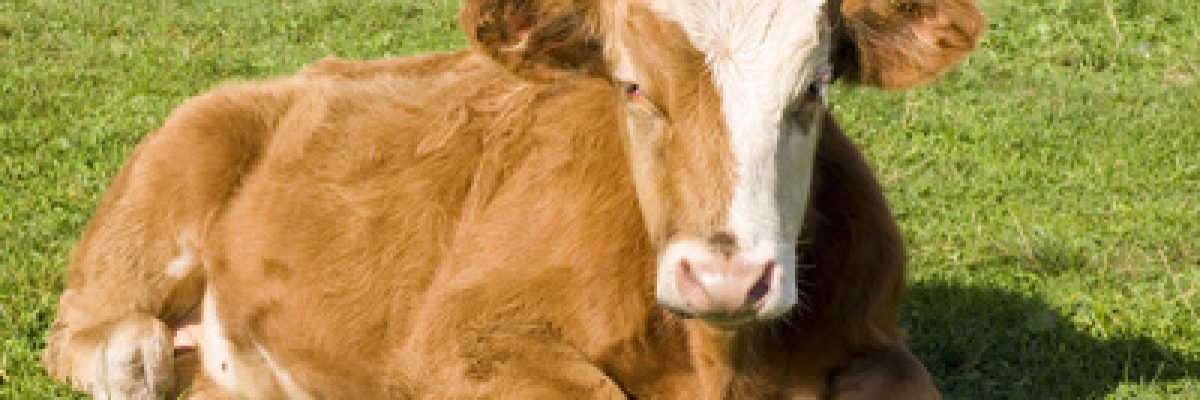Categories
Recent Posts
- Do these 7 things in spring pig breeding to reduce the number of pigs getting sick!
- Five ways to save money raising sheep!
- How to treat piglets without food? How do piglets lose weight without eating?
- In spring, the incidence of rumen food accumulation in cattle is high, pay attention to strengthen prevention and control!
- How to treat the fecal water of pig farms? These methods are worth learning
- What are the characteristics of black nose sheep? What food does black-nosed sheep not eat?
- Six things must be done to raise cattle in spring!
- What are the symptoms of cattle anthrax? Will cattle get sick after using anthrax vaccine?
- Summer is hot! How to prevent heatstroke and reduce the temperature of dairy cows?
- What is the reason for lack of manganese in cattle? What should cattle do if they lack manganese?
What is the reason for lack of manganese in cattle? What should cattle do if they lack manganese?

Cattle farmers all know that cattle need a variety of trace elements in the process of growth and development, but manganese is often ignored by farmers. Manganese deficiency has a great impact on cattle at all stages. What is the reason for lack of manganese in cattle? What should cattle do if they lack manganese? Let’s take a look:
What is the cause of bovine manganese deficiency?
(1) Primary manganese deficiency: caused by low manganese content in the diet. The manganese content of plants grown in low manganese soil is also low. If the forage grown on this land is fed for a long time, the dairy cows are prone to disease.
(2) Secondary manganese deficiency: It occurs when there are factors affecting the absorption and utilization of manganese, such as excessive calcium, phosphorus and phytate content in forage, which can block the absorption of manganese and reduce the utilization rate, thus inducing manganese deficiency. When suffering from chronic gastrointestinal diseases, it can also hinder the absorption and utilization of manganese. What are the symptoms of manganese deficiency in cattle? What about manganese deficiency in cattle?
What are the symptoms of manganese deficiency in cattle?
(1) Manganese deficiency in newborn calves: the sick calves have obvious loss of appetite, dry hair, discoloration, leg deformity, ball joint landing, tarsal joint swelling and leg distortion, joint paralysis, dyskinesia, and difficulty in standing up. Some calves develop rickets with bending of legs and limbs before birth. There are many cases of paralysis in cattle in manganese deficiency areas, such as muscle tremor and even spastic contraction from time to time, physical weakness, weight loss, obvious obstacle to movement, dry and dull coat. The weight, length and fracture resistance of the humerus were significantly reduced.
(2) Manganese deficiency in adult cows: In addition to some symptoms similar to those of calves, there are also sexual cycle disorders, slow or no estrus, ovarian atrophy, ovulation stagnation, difficulty in conception or reduced conception rate, and early unexplained recessive abortion, weak or stillbirth. There is no milk with serious reduction in milk volume.
(3) Manganese deficiency in breeding bulls: testicular atrophy, poor semen quality, severe loss of sexual desire, loss of mating ability, periarthritis, claudication, etc. (4) Determination of manganese content in blood, milk and hair: less than 18-19 μ g/100 ml for adult cows and less than 20 μ g/100 ml for calves. The content of manganese in milk is less than 30-40 μ g/100ml, and that in colostrum is less than 130-160 μ g/100ml can be regarded as manganese deficiency. Cattle with suspected manganese deficiency disease are those whose manganese content in hair is below 8 mg/100g.
How to prevent manganese deficiency in cattle?
(1) Supplementing 2 grams of manganese additive once a day to cattle with manganese deficiency disease can have a good effect on the recovery of reproductive performance for several days.
(2) Improve feeding: supply manganese rich green feed. In manganese deficient areas or conditional manganese deficient areas, 4 grams of manganese sulfate per day for cows and 2 grams of manganese sulfate per day for calves can prevent manganese deficiency, but it should be noted that the content of manganese in each kilogram of feed should be 20-30 mg, and the dose of manganese should not be too large.
(3) Using 0.5 kg manganese sulfate mixed with chemical fertilizer per 667.7 square meters of grassland can effectively prevent manganese deficiency of grazing cattle. Farmers who lack manganese in cattle should not be careless and must pay attention to it. Choose high-quality feed or feed diversification to meet the daily trace element requirements of cattle.
After reading the above content, do you know what to do about the lack of manganese in cattle?
